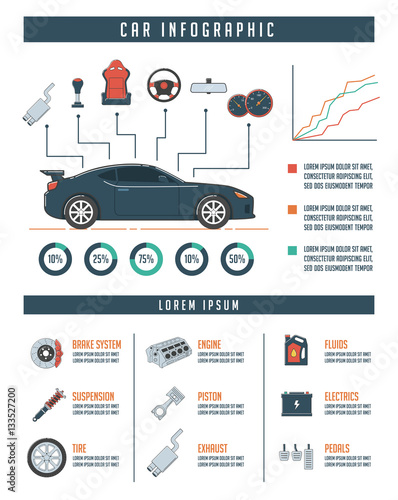Eager To Recognize What The Control Panel Caution Lights In Your Car Indicate? Explore Their Meanings For The Health And Security Of Your Automobile
Eager To Recognize What The Control Panel Caution Lights In Your Car Indicate? Explore Their Meanings For The Health And Security Of Your Automobile
Blog Article
Short Article Produced By-Hartley Gilbert
When you lag the wheel, those beautiful warning lights on your control panel can be a bit complicated. Do you understand what they're trying to inform you regarding your auto's wellness? Recognizing the significance of these lights is crucial for your safety and the longevity of your vehicle. So, the next time among those lights appears, would not you wish to understand its message accurately and take the necessary steps to address it?
Common Warning Lights and Interpretations
Recognize usual warning lights in your automobile and recognize their significances to make certain safe driving.
One of the most common warning lights consist of the check engine light, which indicates concerns with the engine or exhausts system. If this light begins, it's important to have your automobile checked immediately.
https://instantoilchange74951.worldblogged.com/35845989/the-development-of-vehicle-detailing-techniques-in-the-previous-decade warning light shows low oil pressure, calling for immediate attention to prevent engine damage.
just click the following post blinking battery light might recommend a damaged billing system, potentially leaving you stranded if not attended to.
The tire pressure tracking system (TPMS) light signals you to reduced tire pressure, influencing vehicle security and gas efficiency. Overlooking this might bring about hazardous driving conditions.
The abdominal muscle light indicates a problem with the anti-lock braking system, compromising your capability to quit rapidly in emergencies.
Lastly, the coolant temperature warning light warns of engine getting too hot, which can cause serious damages otherwise resolved promptly.
Understanding these common caution lights will aid you attend to issues promptly and maintain safe driving conditions.
Value of Prompt Interest
Recognizing the common warning lights in your vehicle is just the primary step; the relevance of promptly addressing these cautions can't be emphasized sufficient to ensure your safety when traveling.
When https://gregoryqlgbu.blogvivi.com/30530864/a-decade-of-progression-in-car-explaining-techniques brightens on your control panel, it's your vehicle's method of communicating a prospective problem that requires focus. Neglecting these cautions can lead to more extreme issues in the future, compromising your security and possibly costing you more out of commission.
Motivate interest to alerting lights can avoid break downs and mishaps. As an example, a flashing check engine light could suggest a misfire that, if left neglected, might cause damages to the catalytic converter. Addressing this immediately can save you from a costly repair work.
Likewise, a brake system warning light could signify low brake fluid or used brake pads, essential parts for your safety and security when driving.
DIY Troubleshooting Tips
If you see a warning light on your dashboard, there are a few do it yourself repairing pointers you can attempt before seeking specialist aid.
The very first step is to consult your cars and truck's handbook to comprehend what the specific warning light indicates. Occasionally the concern can be as basic as a loosened gas cap setting off the check engine light. Tightening up the gas cap might resolve the trouble.
One more usual concern is a reduced battery, which can set off numerous alerting lights. Examining the battery connections for rust and ensuring they're secure may deal with the issue.
If a warning light continues, you can try resetting it by separating the vehicle's battery for a few minutes and then reconnecting it. In addition, checking your vehicle's fluid levels, such as oil, coolant, and brake liquid, can aid repair cautioning lights related to these systems.
Final thought
Finally, recognizing your cars and truck's caution lights is crucial for keeping your car running efficiently and securely. By quickly addressing these notifies and understanding what they suggest, you can prevent costly repairs and prospective breakdowns.
Keep in mind to consult your cars and truck's guidebook for certain information on each alerting light and act accordingly to make certain a trouble-free driving experience.
Keep notified, remain safe when traveling!
